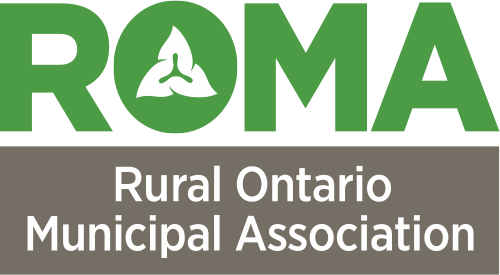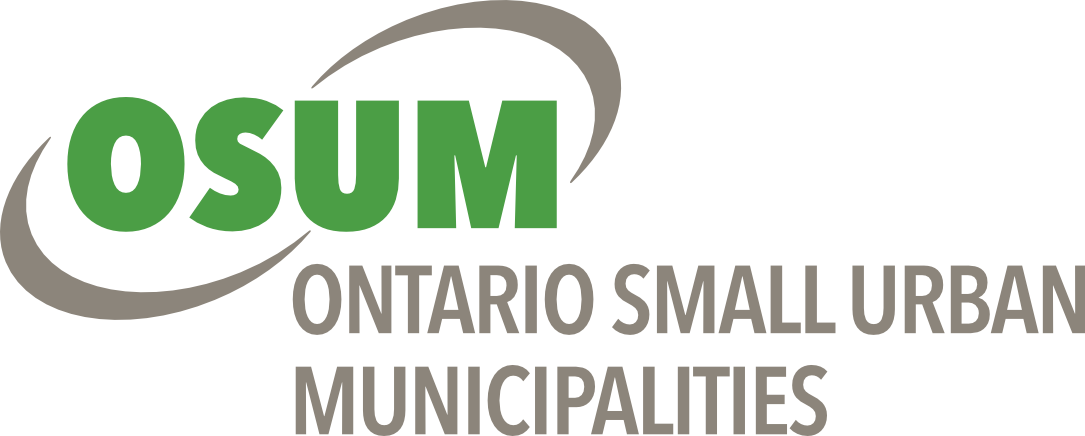Asset Management Fundamentals
The term asset management has been defined in different ways. According to international standards, asset management is based on four fundamentals: value, alignment, leadership, and assurance.
Value
The philosophy behind asset management is maximizing asset value by nurturing an organizational culture of coordination and collaboration between staff and Council. This is done by balancing the associated costs of providing services and the underlying risks against the expected service levels needed to achieve organizational objectives. Staff collect and provide information on costs, risks, and existing performance of assets - also known as service levels – for Council’s consideration.
Alignment
A municipality will perform better when Council’s strategic goals and infrastructure investments are aligned. This involves ensuring a clear understanding of how assets help Council achieve its strategic objectives. Infrastructure decision-making must be guided by and aligned with the Corporation’s vision and goals. The Township of Centre Wellington, for example, has developed a strategic plan that includes good financial management and having safe and well-maintained infrastructure as one of the goals that defines a common vision for the municipality.
Asset Management helps achieve alignment by translating strategic objectives of a municipality such as healthy, safe and connected community into technical, financial and operational decisions.
These decisions include having a dedicated operating and capital budget to keep majority of your roads and bridges in good condition, and ensuring municipal buildings meet capacity demands with changing demographics while being clean and accessible. It also promotes alignment between different departments and service areas by requiring staff to speak the same language and by collecting similar data attributes for assets. To make this possible, it is important to establish an asset management system that aligns Council’s vision with staff approach to asset management.
The City of Brampton, for example, has established an asset management system consistent with international standards that aligns its strategic plan, official plan and master plans with its asset management policy, strategies and departmental asset management plans.
An asset management system is a framework consisting of various tools, including a policy, governance structure, strategy, and plan that is aligned with strategic objectives of Council. The system works in conjunction with the use of financial, analytical or business intelligence software.
The value of asset management planning is achieved when it impacts the overall budget and specific investment decisions. Municipalities are expected to consider recommendations from their asset management plans in the development of their annual budgets and long-term financial plans. These are aligned with Council’s vision through the corporate strategic plan.
Leadership
Council has a key role in fostering and supporting asset management through its leadership. This is done by:
- Engaging the community to determine expected service levels, affordability and long-term sustainability;
- Establishing an asset management policy that defines roles and responsibilities and guiding principles for staff;
- Providing a supportive environment for staff to build internal capacity and collect relevant data required to develop, improve and implement asset management plans aligned with Council’s strategic objectives;
- Reviewing recommendations of the plan and asking the right questions to staff before endorsing the plan; and
- Determining infrastructure investment priorities based on future service targets that are realistic and achievable.
Assurance
By adopting asset management as a strategic decision-making tool, councils can provide assurance to residents that they meet regulatory requirements, address community needs through appropriate service levels and invest in future development in an objective, consistent, and cost-effective manner. This will help you deliver on community infrastructure while maintaining fiscal integrity, accountability and transparency.





